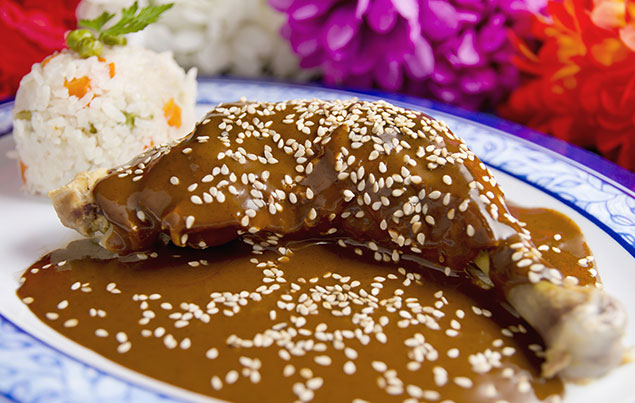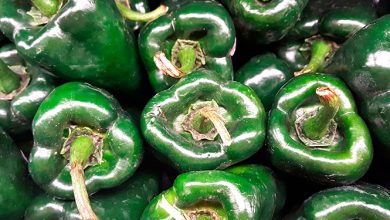Foodies
If Food Could Talk: Holy Mole

We take a look at eight varieties of Mexico’s most popular sauce that you may encounter on your travels throughout Mexico
- Mole negro is a complex Oaxacan recipe, with an ebony shade due to a deep charring of pasilla, mulato, ancho and guajillo chiles. Add cumin, clove, cinnamon, thyme, marjoram, oregano, fresh or dried avocado leaves (which lend an anise-y flavor), onion, garlic, and tomato. Thicken with tortillas. It has the trio of flavors: spicy, bitter and sweet.
- Mole Colorado/rojo starts with a base of ancho, costeño rojo, chilhuacle rojo, black pepper, clove, oregano, onion, garlic, ground almonds, sesame, and chocolate. It is usually thickened with a bit of masa. This red mole has an intense spiciness.
- Mole verde/pipián verde is a bright green mole and combines ground squash seeds, pepitas, sesame seeds, cilantro, parsley, epazote, hierba santa, chilies, and tomatillos. The sauce can be smooth or have a slightly granular texture. This sauce is more flavorful than spicy.
- Mole amarillo receives its yellow hues by pulverizing costeño and chilhuacle amarillo, guajillo chiles, tomato, tomatillo, onion, and garlic, followed by cloves, black pepper, oregano, avocado leaves, and achiote. It is a savory mole and when used with pork, hoja santa is often added.
- Manchamanteles (the word for tablecloths in Spanish) with its vivid, scarlet color is a danger to any tablecloth it is served on. This is basically a mole rojo but the addition of pineapple, apple, sweet potato or plantain gives it a hint of sweetness.
- Mole blanco or mole de novia gets its unique white color by grinding almonds, peanuts, pine nuts, sesame seeds, garlic, onion and a handful of yellow or orange chilies, creating a rich and nutty flavor with a dash of heat. Veracruz’s version of mole de novia is also called mole de xico, but it is jet black.







